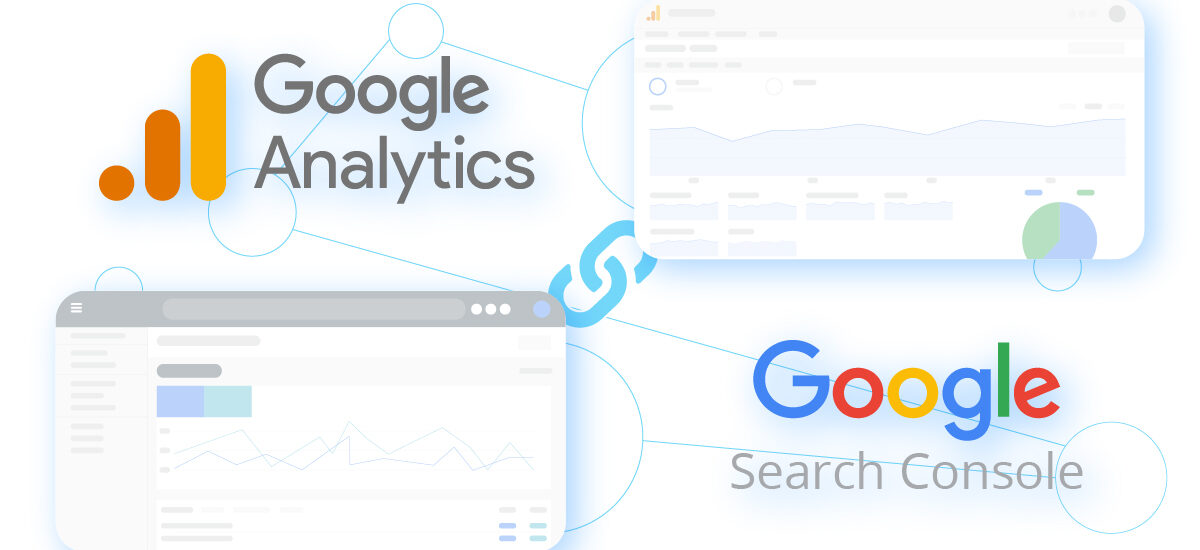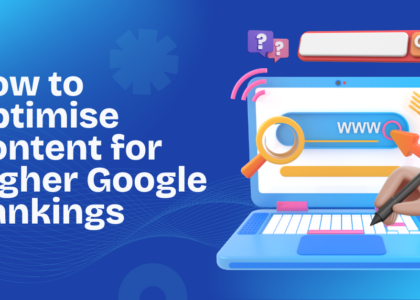In a significant upgrade that has been making waves in the digital marketing and SEO space, Google has added the ability to access hourly-level data for the previous 10 days via its Search Analytics API. The upgrade enables SEO experts and marketing agencies such as SEOXcelerate to pull more detailed insights into how websites rank on Google Search on an hourly basis.
Earlier, the Search Analytics API only provided data on a daily level, which it was difficult to track performance patterns for real-time campaigns or fluctuations in traffic suddenly. With this addition of hourly breakdowns, users now can use a sharper lens to see search trends and behavior over very short time horizons.
What’s New in the Search Analytics API?
The most significant upgrade in this feature is:
Hourly detail support for performance measures for the last 10 days.
Users are now able to query the API to get:
Clicks
Impressions
Average Position
Click-Through Rate (CTR)
per hour and date, with a much finer degree of analysis.
This capability has been sought by SEO practitioners wanting to deal with rapidly developing campaigns, offers, and content updates. Now, hourly-level data insights are merely one API request away.
Why This Update Matters for SEOXcelerate and the Industry
For data-driven digital agencies such as SEOXcelerate, this update offers a number of practical benefits that can help their SEO services and client results dramatically improve.
- Real-Time Campaign Monitoring
Short-term campaigns—like flash sales, product releases, or trending topics—are common among many businesses. Hourly data gives real-time insights into how those campaigns are affecting search traffic and user behavior. - Faster Issue Detection
If there is an abrupt spike or decline in search visibility or click-through, hourly data helps you identify exactly when the shift took place. This aids in diagnosing possible indexing issues, algorithmic effects, or technical glitches in a timely manner. - Enhanced Reporting Capabilities
Comprehensive hour-by-hour reports can provide clients and internal groups a far more detailed understanding of performance during the day. Agencies such as SEOXcelerate are able to make more informative and timely reports to demonstrate value and openness. - Improved Attribution Across Channels
When you are managing multi-channel campaigns, like when you mix up social media, email, and search, hour breakdowns are used to help determine the influence of each one. You now get to notice how a tweet, blog article, or video on YouTube impacted search queries once it was made live.
Using the New Hourly Feature
Developers and SEO analysts have to change API requests to use both “date” and “hour” as dimensions in order to take advantage of this feature.
Sample Request:
json
Copy
Edit
{}
“startDate”: “2025-04-01”,
“endDate”: “2025-04-10”,
“dimensions”: [“date”, “hour”],
“rowLimit”: 10000
You may also add additional dimensions like “query”, “page”, “country”, or “device” to break it down further.
Tip: This hour data is only accessible for the last 10 days. Older data will remain available at the daily level.
Real-World Applications for SEOXcelerate
SEOXcelerate is already implementing this hourly function into its SEO audit tools, campaign reporting interfaces, and performance tracking tools. Here’s how it benefits:
Advanced Content Scheduling
Using hourly data to analyze, SEOXcelerate can calculate the best times of day to release new content based on real-user engagement behavior.
A/B Testing and Algorithm Updates
Hourly monitoring enables more responsive times when there’s a Google algorithm change or during content A/B testing. When impressions drop suddenly, responses are possible in hours, not days.
SEO Dashboards with Hourly Insights
With tools such as Looker Studio, SEOXcelerate is now able to build visual representations of hourly trends in performance so clients can see how users behave throughout the day.
Local and Seasonal Trends
For companies with intense local or seasonal search volume, knowing hourly spikes enables improved matching of campaigns with user intent.
FAQs
What is the Google Search Analytics API?
The Search Analytics API is an API that enables developers and SEO practitioners to retrieve website performance metrics from Google Search Console programmatically. It supports metrics like clicks, impressions, CTR, and average position.
What’s new in this update?
The API supports now hourly granularity data for the past 10 days, supporting further analysis and quicker response to short-term trends in search.
Is this hourly data possible on all sites?
Yes, any site signed up in Search Console can obtain this feature as long as you ask within the most recent ten days.
May I use hourly data with a date past 10 days?
No, hourly data now only goes back 10 days. For dates more than that, there’s only daily-level data available.
Can I visualize this data with Looker Studio or other visualization tools?
Yes, if your dashboard is connected through a connector that supports the Search Analytics API, you can visualize the hourly-level data in the same way as daily data.
How is SEOXcelerate leveraging this update to help clients?
SEOXcelerate is leveraging this information to augment real-time monitoring, generate granular performance reports, refine content calendars, and facilitate quicker resolution of technical or algorithmic concerns—providing greater client value through improved insights.
Final Thoughts
The ability to access hourly search performance data via the Google Search Analytics API is a milestone in SEO intelligence and campaign management. It allows SEOXcelerate and other agencies to implement faster, more reactive, and more precise SEO strategies closely aligned with user activity and company objectives.
As the digital landscape becomes more competitive, those who can leverage real-time insights will lead the way. With this update, SEOXcelerate continues to stay ahead of the curve, helping clients unlock the full potential of search data.
Let me know if you’d like a short version for LinkedIn or social media, or a custom infographic to go with it.







